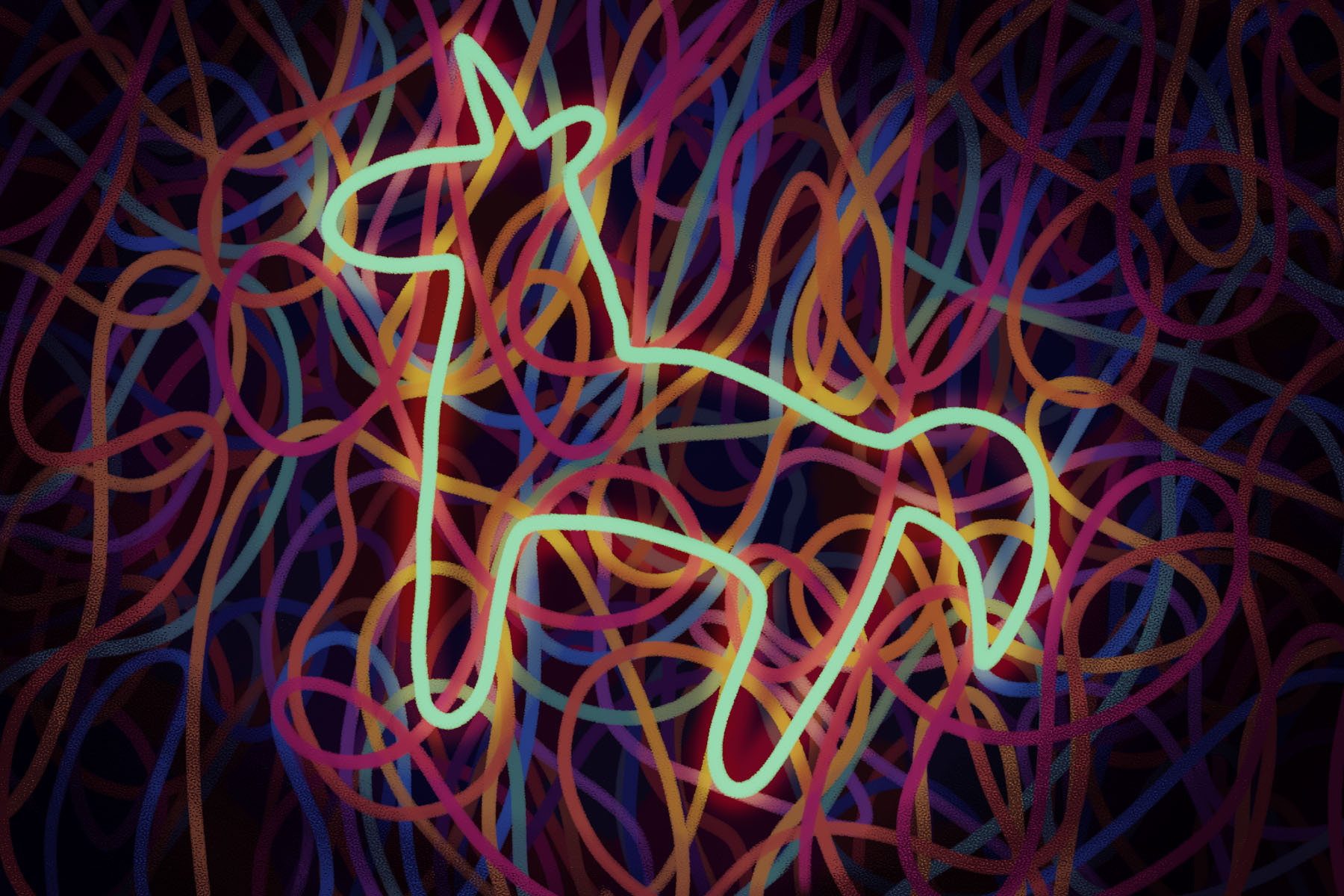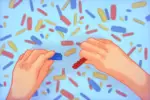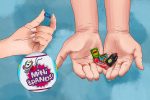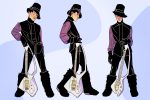2020 rocked our world. So far, it’s packed with enormous changes that are set to drastically impact our future. And though it’s definitely been a year that invites us to look ahead, I want to use this article to instead take a moment to look back 10 years ago. In 2010, our world was briefly rocked by something else. For an intense six months, elementary school-aged kids were caught up and carried away by a whirlwind of frenzied buying, collecting and trading. Our parents and teachers were gripped with fears for our health, growth and education.
For kids and parents, when Silly Bandz hit the market, it felt like our worlds would never be the same. But the craze eventually ended, and stores that once could barely keep up with demand for the colorful shaped rubber bands suddenly couldn’t even give them away. Reeling from the violent storm that was Silly Bandz furor, we dusted ourselves off and tried to make sense of what had happened to us.
SillyBandz: A History
Though their popularity was short-lived, Silly Bandz have etched themselves so deeply into the memories of Gen Z that it would be difficult to find one of us today who doesn’t know what they are. But, for those who by some miracle escaped the extensive reach of the mania, I will provide a quick recap of its gloriously short life.
Silly Bandz are colorful rubber bands that come in a variety of shapes, including animals, letters and other objects recognizable by their silhouettes. They are meant to be worn on the wrist, as a bracelet. However, most children were unable to confine their excitement to their wrists, often adorning entire forearms with the multicolored bands.
The bracelets were first sold online in 2008 by BCP Imports LLC, then a 20-person company in Toledo, Ohio, making $10,000 a year. After the bracelets hit stores in 2010, however, the company grew to almost 3,000 staff members in the U.S. and China and was making over $100 million a year. This growth was spurred by children’s ravenous appetites for the product, enabled by parents who were pleased with its affordability.
But parents’ relationships with the bands soon soured as they worried that their children’s well-being could be at stake. Distraught children railed against the system as they watched many of their schools ban their precious Silly Bandz, condemning them as distractions. The lucrative marketplace where the commodities were traded, which had once found a home in the schoolyard, now had to be taken underground.
Then suddenly, six months later, the demand stalled. Stores were forced to offer two-for-one deals to get rid of the Silly Bandz, which only recently were flying off the shelves. A craze whose relentless momentum couldn’t even be slowed by a schoolwide ban came to a screeching halt seemingly out of nowhere. Our indifference to SillyBandz came as swift as our infatuation, and to this day, none of us is quite sure why.
Fads Vs. Trends
The story of Silly Bandz is by no means unique. If it’s not Silly Bandz it’s Beanie Babies, Webkinz or Pokémon Go. Silly Bandz was but one example of a fad in children’s toys. A fad is a form of behavior (such as buying and wearing Silly Bandz) that enchants the public for a period of time. However, fads are relatively short-lived, usually wearing off after their novelty dies away.
In this way, they are distinguishable from trends, which usually mark lasting changes in collective behavior because they address a specific need. For example, if people suddenly become enamored with a specific brand of handbag, it would be considered a fad that is likely to die down. But when people started carrying handbags as a solution to the problem of having too much stuff to carry around, that was a trend that altered future human behavior. Fads fade away into obscurity. Trends are here to stay.
Through the lens of this comparison, it seems that fads can really have no lasting value. It’s tempting to feel that as earth-shatteringly important as we found Silly Bandz at the peak of their popularity, they were really just passing fancies that didn’t really change anything. But is that really the only way to look at it?
The Fad’s Legacy
Viewed another way, the effects of Silly Bandz long outlived the popularity of the product. Those six months happened, even though they’re over now. And they changed us. A generation today is united by a shared vocabulary of Silly Bandz memories they can and do call back from time to time.
And children can learn a lot from a six-week intensive course in trading and collecting, where they can gain invaluable exposure to new ways of interacting with and relating to each other. According to Beth Roberts, director of the Social Enrichment Center in Newtown Square, Pennsylvania, “Trading with peers is a terrific opportunity for your child to practice social skills like negotiation.” It also teaches them about compromise and sensitivity to others. These are skills that have value far past the schoolyard. Maybe we no longer sport the multi-colored forearms that were the direct results of those transactions. But we still retain knowledge from them that helps us understand and participate in the world a bit better.
But perhaps the biggest gift SillyBandz or any fad can give us is that of perspective. In this way, their lack of longevity is their greatest strength. When trying to understand any social phenomena, social scientists often emphasize the need for a certain critical distance from their objects of study. It is incredibly difficult for someone to understand the social circumstances in which they are currently entangled.
At the same time, however, scientists know that there are specific insights to be gleaned from experiencing the event firsthand that an outside perspective can never hope to gain. In this way, fads give us unique access to understanding ourselves a little bit better. We can study, from a distance, something that we have experienced directly, thereby gaining lasting value from it.
Why Silly Bandz?
It may seem that there is nothing comparable between the enormous changes that 2020 has wrought and a silly six-month fad like SillyBandz. But I think considering a fad from 10 years ago can give us a better perspective on what we’re going through today. The world is currently suffering under the huge weight of a pandemic and all its devastating consequences. And as acutely disastrous as it is today, we will one day be past it. When that day comes, we are going to want to find meaning behind all the suffering we witnessed and experienced. We are going to want to see a measurable “new normal,” one that is better than the pre-pandemic reality, that justifies the pain that spawned it. And a world changed for the better is a beautiful goal to strive for.
However, whatever this “new normal” looks like, it will likely not be what we are expecting. The changes the pandemic brings about in us may not be immediately apparent in measurable ways. And though it might be tempting to see this and despair, and to condemn all the pain as meaningless, it is important to remember the lesson of the Silly Bandz. Silly Bandz were a fad, not a trend. They disappeared, and by most metrics, have provided no value to us. It’s certainly possible to invalidate the six months they were on top. But those months happened, and we took something from them. We were united by a shared experience, given new skills to bring into other contexts and granted the gift of hindsight.
Whatever the new normal looks like on the surface after this pandemic, we are going to have been deeply affected, united and made stronger by an ordeal that is anything but meaningless.

















